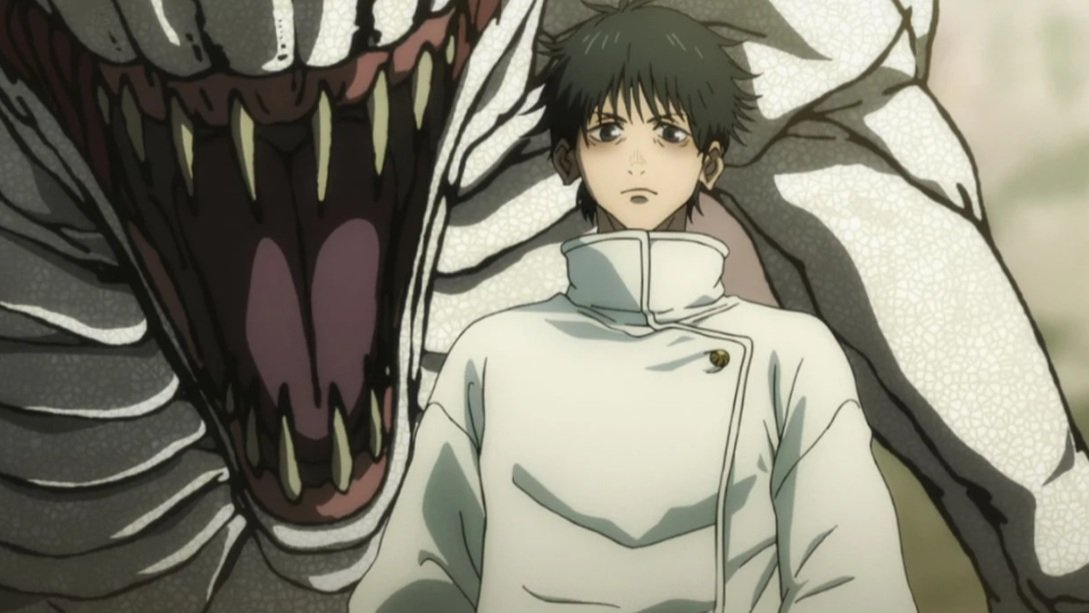Review: Nightmare Alley
Since 2015, Mexican filmmaker Guillermo del Toro has explored his love for and fascination with old Hollywood. The trend began with Crimson Peak, an old-fashioned "young woman in a giant creaky house" Gothic horror. Two years later, he won the Best Picture Oscar for The Shape of Water, a romance/fantasy hybrid with homages to classic-era Hollywood. Now he's back with his most overt tribute to that period: a new adaptation of the 1946 noir novel Nightmare Alley. While the previous two films featured outright fantastical elements, Nightmare Alley is a straightforward remake/new adaptation. The film has an impressive star cast, including Bradley Cooper, Cate Blanchett, Rooney Mara, Toni Collette, Willem Dafoe, Richard Jenkins, Ron Perlman, David Strathairn, and Mary Steenburgen.
Stan Carlisle (Cooper) begins working as a carny after burning down his home for unknown reasons. He joins mentalist Madame Zeena (Collette) and her alcoholic husband Pete (Strathairn) in their clairvoyant act and learns their tricks. Stan also falls in love with Molly (Mara), another performer in the carnival. After a tragic accident, Stan runs off with Molly, and the two begin to perform Zeena's tricks on the wealthy elite in Chicago. Psychologist Dr. Lilith Ritter (Blanchett) interrupts one of their shows as she attempts to figure out Stan and Molly's system.
From the introduction of Cate Blanchett, about an hour into the film, the film picks up as she adds energy and mystery into the film. The film's first hour plays somewhat dully to a first-time viewer, especially one unfamiliar with the source material like I am. It's not that the first hour is bad, per se. Of course, it is filled with foreshadowing, and del Toro ties everything together perfectly. The second half of the film is more thrilling, both with Blanchett and Cooper facing off and with Stan's schemes of exploiting for money people's grief and need for closure.
I can't say that I'm an expert on Guillermo del Toro's overarching themes. However, what attracted del Toro to this story and to tell it without any magical or supernatural elements is evident. After Crimson Peak and The Shape of Water, Nightmare Alley seems to complete a trilogy of movies about human beings as monsters themselves. These people inflict pain and suffering wherever they go due to their greed, hubris, or shortsightedness. In this noir thriller, Stan uses manipulation and gullibility to get ahead until he stumbles across people who are even more crooked than they let on. The fact that this movie is presented like a 1940s film noir highlights the nihilism and despair at its center, rather than utilizing a literal monster as a scapegoat.
It would not surprise me that this movie would have detractors. The first hour is paced very deliberately, and even the second half rolls along comfortably until its shocking final half-hour. At around 2 hours and 30 minutes, the film attempts to absorb its viewer, and I can imagine someone not being on board with such an indulgent exercise. Del Toro is the kind of director who requests his viewers to meet him halfway and to trust him, but for some, that may be a request too outlandish with this film. Personally, I enjoy long movies that take their time and aren't afraid to be dull to be their whole selves. After all, that first hour could easily be cut to half its length, but then it wouldn't be tapping into all of del Toro's eccentricities and fixations.
Nightmare Alley does offer some immediate visceral pleasures. The film's design is as immaculate and gorgeous as you'd expect. Dr. Ritter's office alone is jaw-dropping, with its brownish-gold tints and eclectic furniture. Costume design is also stunning, and the assembled cast fits easily into the period aesthetic without seeming out of place. The camerawork and score are beautiful to behold, though not on the same level as Crimson Peak or The Shape of Water. I can only think of a handful of individual shots that stood out to me, primarily due to Blanchett and Cooper's electricity in their scenes.
As mentioned, del Toro brings together a large star cast who all do reliably good work. Bradley Cooper's ascent and descent in the film are captivating, and he has rarely been better than he is in the last hour. The way his slickness, his charms, and his command over his life slip away from him at an increasing speed is both tragic and inevitable. Cooper doesn't come across as precious over his star persona, and he gives himself over to del Toro completely. He's the rare male actor who can go toe to toe with Cate Blanchett, as she is someone who works best with women. But their scenes together keep you guessing, and her femme fatale act is alluring, dangerous, and magnetic. Rooney Mara, Toni Collette, David Strathairn, Richard Jenkins, and the rest of the cast offer effective supporting turns.
Nightmare Alley is an experiment in capturing a bygone era of filmmaking, only a bit more brutal and a bit more lurid. It's a long movie that thankfully gets better as it goes along and keeps the momentum going until its devastating ending. Del Toro has a lot of respect for film noir and old Hollywood in general, and it is admirable for him to recreate it with such passion, detail, and creativity. Nightmare Alley isn't for everyone, but if you can get onto its wavelength, it can be quite an enthralling experience.














